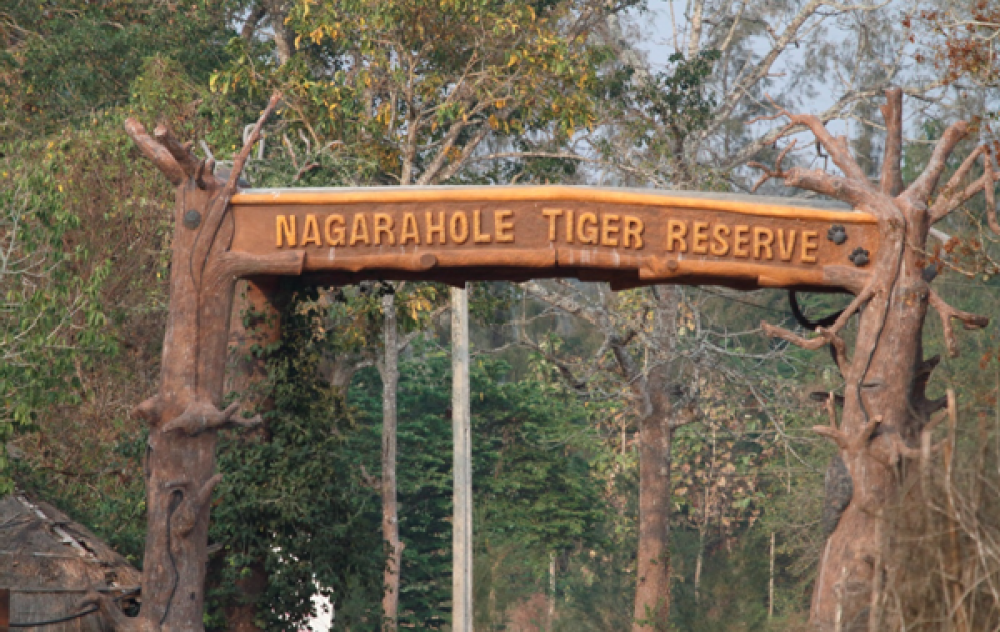

Nestled in the Coorg district of Karnataka, India, Nagarhole National Park forms an essential part of the Nilgiri Biosphere Reserve. Initially the exclusive hunting grounds for the erstwhile Maharajas of Mysore, the park was later recognized for its biodiversity and was established as a wildlife sanctuary in 1955. It was designated a national park in 1983 and subsequently declared a tiger reserve in 1999 under Project Tiger. This rich history has set the stage for the park to become a prominent destination for nature and wildlife enthusiasts.
The tourism story of Nagarhole National Park can be traced back to its early days of conservation. With an increase in awareness and the rise of the conservation movement globally, Nagarhole started to receive attention from visitors not only from within India but also internationally. Its inclusion in the Nilgiri Biosphere Reserve and the listing of the nearby Western Ghats as a UNESCO World Heritage site further elevated its status as a must-visit destination for biodiversity lovers.
Tourism in Nagarhole National Park began to take shape with the establishment of basic facilities. Over the years, infrastructure has developed, including well-organized safari tours, which have become the park's most prominent tourist activity. The local government and private entities have made concerted efforts to make visits to the park more accessible and enjoyable, which in turn has made the sanctuary more popular among tourists.
Recent trends in Nagarhole National Park tourism have seen a shift towards eco-tourism and sustainable travel. Eco-friendly lodges and resorts are on the rise, offering visitors the chance to experience the park's natural beauty while minimizing their environmental footprint. Wildlife photography and birdwatching have also become popular activities, attracting hobbyists and professionals alike. With a focus on conservation education, many tours now include information on the park's efforts to preserve its flora and fauna.
As tourism continues to grow, it becomes increasingly important for visitors to act responsibly. The park has implemented rules and regulations to minimize human impact, and tourists are expected to follow these guidelines carefully. Responsible tourism not only ensures the park's health but also enables future generations to enjoy the wonder of Nagarhole's pristine wilderness.
Nagarhole National Park has a captivating history as a conservation space and tourist attraction. It has come a long way from being a royal hunting ground to a well-protected haven for wildlife and a captivating destination for tourists. As it keeps pace with the latest trends in responsible travel, Nagarhole ensures its position as an enduring sanctuary for India's cherished wildlife and a testament to the country's dedication to preserving its natural heritage.